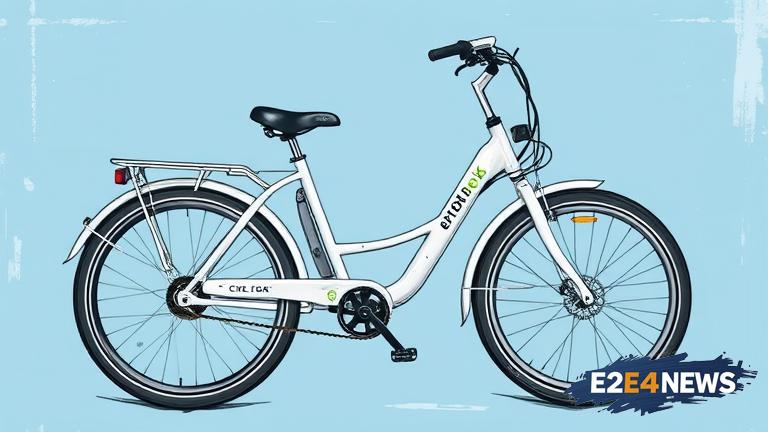The use of e-bikes, or electric bicycles, has become increasingly popular in recent years, with many enthusiasts arguing that they provide a more environmentally friendly and accessible way to explore public lands and trails. However, not everyone is convinced, and a growing debate has emerged about the potential impacts of e-bike access on these areas. Some argue that e-bikes are no different from traditional bicycles and should be allowed on all trails, while others claim that they pose a significant threat to the environment and should be restricted. One of the main concerns is that e-bikes can travel at higher speeds and cover greater distances than traditional bicycles, potentially leading to increased erosion and damage to trails. Additionally, some argue that e-bikes can be used to access sensitive or protected areas, such as wildlife habitats or fragile ecosystems, which could have devastating consequences. On the other hand, proponents of e-bike access argue that they can provide a valuable opportunity for people with mobility issues or other limitations to experience the outdoors, and that they can also help to reduce the environmental impact of traditional forms of transportation. Despite these arguments, many land managers and conservation groups are taking a cautious approach to e-bike access, and some have already implemented restrictions or bans on their use. For example, the US Forest Service has established a policy of allowing e-bikes on trails that are open to traditional bicycles, but only if they are equipped with a motor that is no more than 750 watts and have a maximum speed of 20 miles per hour. Similarly, the Bureau of Land Management has implemented a policy of allowing e-bikes on trails that are open to traditional bicycles, but only if they are used in a way that is consistent with the principles of multiple-use management. However, some states and local governments have taken a more restrictive approach, with some banning e-bikes altogether or restricting their use to certain areas. The debate over e-bike access is likely to continue, with many arguing that it is a complex issue that requires a nuanced and balanced approach. Ultimately, the decision to allow or restrict e-bike access will depend on a variety of factors, including the specific characteristics of the trail or area, the potential impacts on the environment, and the needs and preferences of different user groups. As the popularity of e-bikes continues to grow, it is likely that this debate will only intensify, and it will be important for land managers, conservation groups, and other stakeholders to work together to find a solution that balances the needs of different users with the need to protect the environment. The use of e-bikes is not only a US issue, but it is also a global concern, with many countries grappling with the same questions and challenges. In the US, the issue of e-bike access is particularly relevant, given the country’s vast network of public lands and trails. The US has a long history of promoting outdoor recreation and conservation, and the debate over e-bike access is just one example of the complex and often contentious issues that arise when these two goals come into conflict. As the US continues to grapple with the challenges of e-bike access, it is likely that other countries will be watching closely, and that the solutions that are developed will have implications for the global community. The e-bike access debate is also closely tied to other issues, such as the development of sustainable transportation systems and the promotion of outdoor recreation and tourism. As the world continues to urbanize and the demand for outdoor recreation and tourism grows, it is likely that the use of e-bikes will become increasingly popular, and that the debate over their access will only intensify. In conclusion, the debate over e-bike access is a complex and multifaceted issue that requires a nuanced and balanced approach. While there are valid arguments on both sides, it is ultimately up to land managers, conservation groups, and other stakeholders to work together to find a solution that balances the needs of different users with the need to protect the environment.
